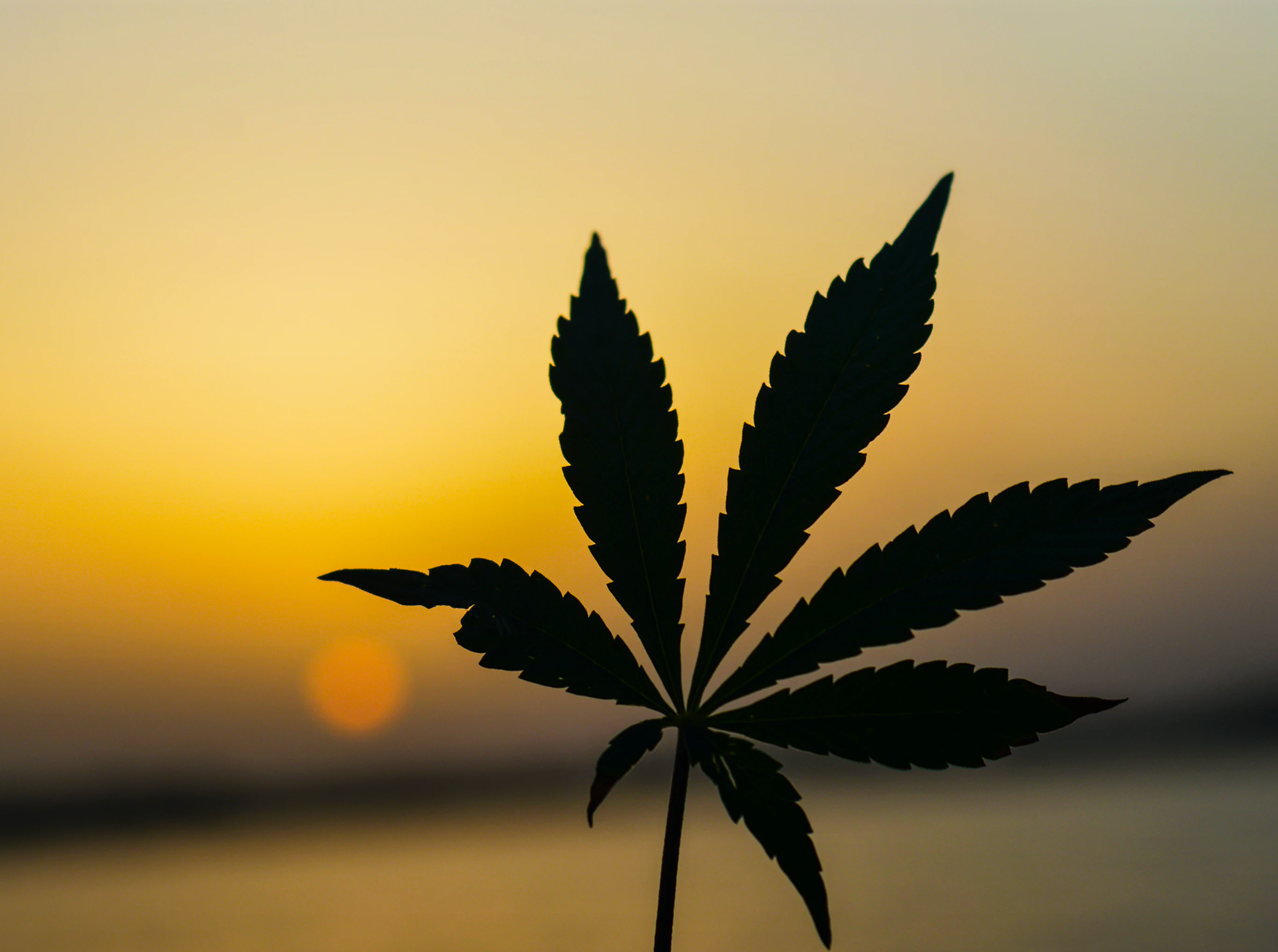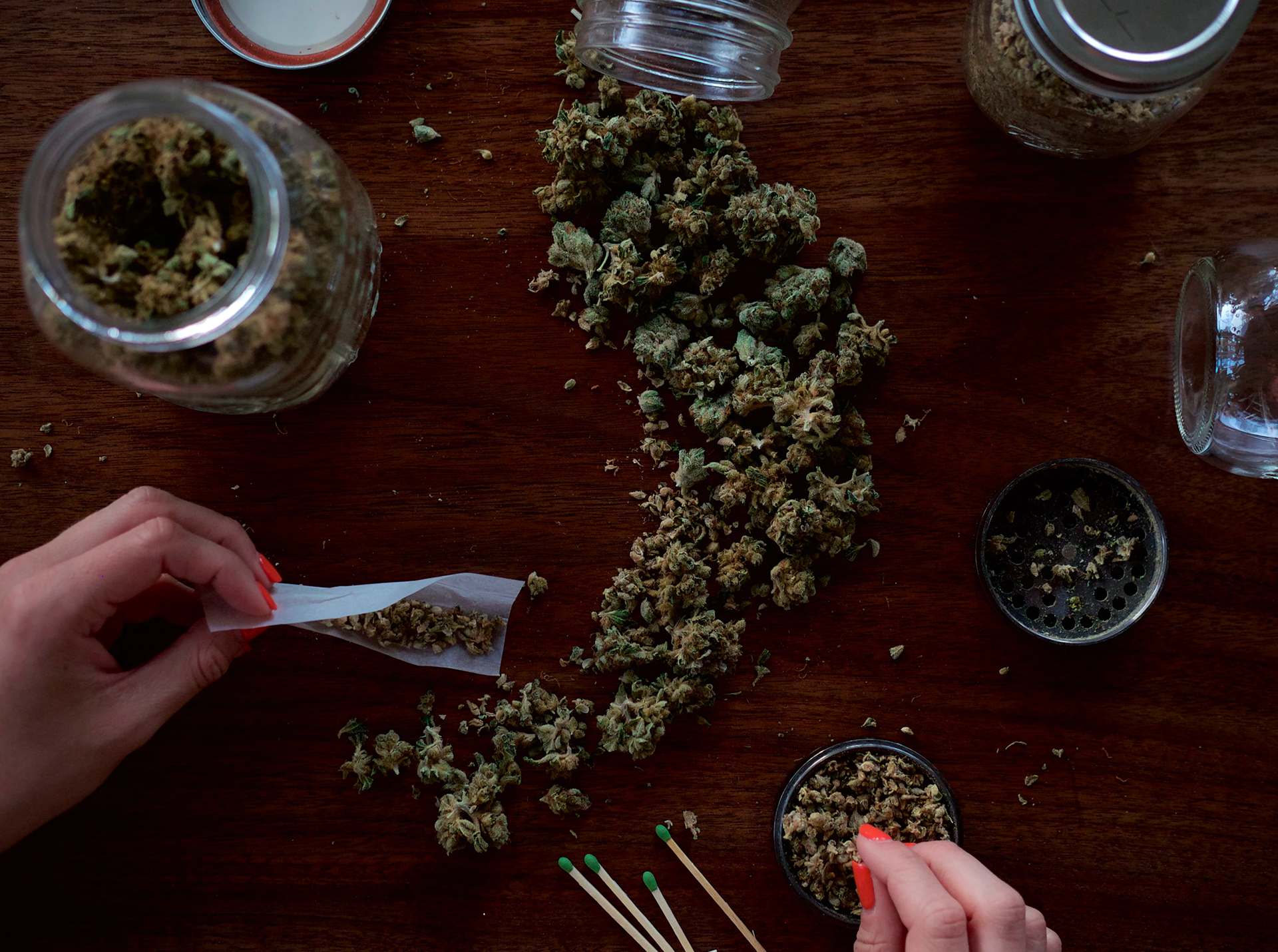The term “medical marijuana” refers to the insufficiently regulated use of the whole, unprocessed marijuana plant or its extracts to treat symptoms of illness and other conditions. Note that pharmaceutical-grade medications from components of the marijuana plant have been developed according to U.S. Food and Drug Administration (FDA) standards, but these medications are distinct from what is classified here as “medical marijuana.”
The two main ingredients in marijuana are tetrahydrocannabinol (THC)—the “psychoactive” ingredient, responsible for the euphoria or “high”—and cannabidiol (CBD). Products may contain primarily THC, primarily CBD, or a mixture of both. THC levels are rising substantially in commercially available marijuana, and product containing concentrations greater than 15 percent are being considered for labeling as "hard drugs" in the Netherlands.
State legalization of “medical marijuana” has not been accompanied by the rigorous scientific approval process with regulations for dosing, production, packaging and monitoring that have made FDA-approved medications safe and effective. In such states “medical marijuana” is often approved for conditions where research is inadequate. False advertising may mislead vulnerable patients and the public. “Medical” use may inadvertently result in addiction, increased risk of psychosis, mental or psychosocial impairment, lung damage when smoked, and complications for unborn children when used during pregnancy. The presence of “medical marijuana” dispensaries may increase access to recreational marijuana for minors. “Medical marijuana” legalization is associated with increased illicit marijuana use, is linked to increased emergency room visits for marijuana-intoxicated children, and has historically been a stepping stone to legalization of recreational marijuana.
AAME maintains that a reasonable and prudent physician should only recommend FDA-approved pharmaceutical-grade medications when the indications are clear, dosing is well-established, risk-benefit ratios have been investigated and can be applied to individual patients, delivery systems are safe, and careful monitoring is agreed upon. Physicians cannot assume that “medical marijuana” has the labeled amount of active ingredient and is devoid of contaminants and harmful additives. Rather than legalizing a drug by popular vote and political lobbying, AAME encourages legalization via FDA approval through formal clinical and scientific studies of any marijuana-based therapeutic that has demonstrated medical efficacy and safety by randomized controlled trials.
RESOURCES
Marijuana Fact Sheet
Produced by the American Academy of Medical Ethics
What are the harms of recreational marijuana usage? Legalized recreational marijuana has adverse effects on our health, particularly for those under the age of 25, as well as dangerous effects in the states and communities where recreational marijuana has been legalized, capitalized and commercialized for selfish gain.


